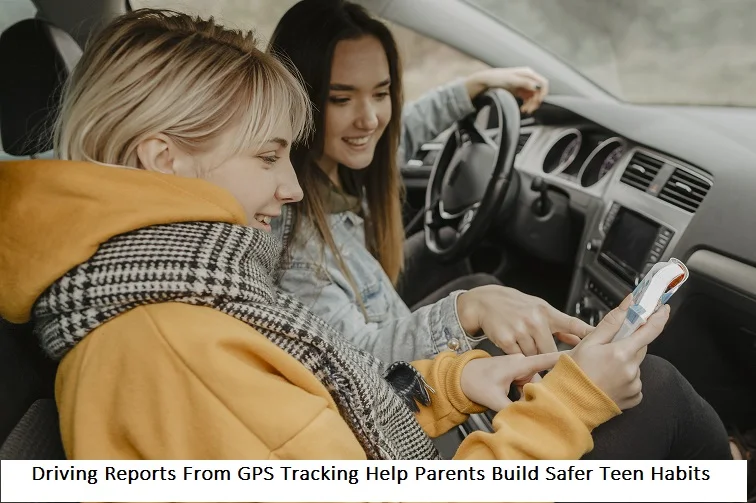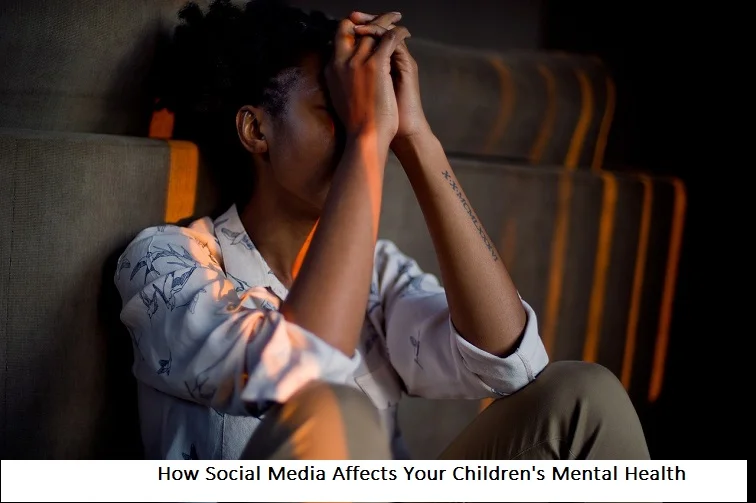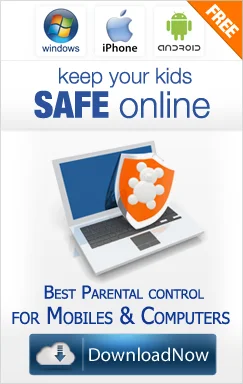+1 845 259 2974 (11 a.m to 7 p.m CST)
How to Protect Your Child From Cyberbullying

Cyberbullying is, essentially, bullying that takes place over digital devices like phones, computers, and tablets. It can occur through texts, social media, online forums, or even gaming platforms where people can chat. Instead of physical confrontations, it's a storm of hurtful words, rumors, and even threatening messages sent online. The sad part? It can happen any time, day or night. Its impact on children can be profound, affecting their mental health, self-esteem, and overall well-being. As parents, understanding cyberbullying and knowing how to protect our kids isn't just essential—it's our responsibility.
Understanding the Digital World
The digital landscape today is vast. Children might be hanging out on social media platforms like Instagram, TikTok, or Snapchat. But it doesn't stop there; online games have chat functions, and apps specifically designed for chatting can be a hotbed for interactions, both good and bad. Even platforms that help students, like those offering essay writers, can become spaces where unsavory comments are exchanged.
If your child is feeling overwhelmed or hesitant about attending school, it's reasonable to consider the support of EssayPro essay writing service with expert writers from time to time to maintain their academic performance. However, it's essential to differentiate between playful teasing and cyberbullying. While teasing can be light-hearted and mutual, cyberbullying is relentless, harmful, and frequently one-sided, aimed at causing pain or diminishing someone's worth.
Open Communication
Establishing an open dialogue with your child about their online activities is paramount. It's not just about oversight, but also about understanding their digital world and its challenges. When they know they can approach you with anything, they're more likely to discuss troubling interactions.
Becoming attuned to behavioral changes in your child can be a signpost. Withdrawal from social activities, mood swings, or reluctance to use their devices can hint at underlying problems. As parents, recognizing these signs early can mean timely interventions and support for a child potentially facing cyberbullying.
Educate Your Child
Just as we teach kids about street safety, we need to guide them through the online world. Highlight potential dangers, like sharing personal details or engaging with unknown accounts. A prepared child is a safer one. But knowledge isn't just defense—it's empowerment. Encourage them to speak up, whether they face cyberbullying or see others targeted. Remind them it's not tattling; it's standing up for what's right. This way, they'll understand the online landscape and know they have a safety net in you.
Privacy Settings and Controls
In today's digital era, many platforms come equipped with customizable privacy settings and parental controls. These tools are invaluable for parents. Delving into them allows you to tailor your child's online experience, ensuring they're shielded from unsolicited interactions and inappropriate content.
However, technology alone isn't the solution. Pair these tools with candid discussions about online safety. Remind your child about the dangers of sharing personal details like their school, address, or even their full name. When they comprehend the 'why' behind the rules, they're more likely to make safer choices independently.
Monitoring Online Activities
Monitoring software can be a double-edged sword for parents. On the positive side, it offers a window into your child's digital interactions, potentially flagging inappropriate or harmful content. Yet, there's a downside: it can feel invasive, possibly straining the trust between you and your child.
It's a delicate balance. While it's essential to ensure your child's safety, it's equally vital to foster trust. Open conversations about why such software might be in place can help. Highlight it's about protection, not prying, and always emphasize the importance of mutual respect in the digital age.
Reporting and Blocking
Every major online platform has mechanisms for reporting inappropriate behavior or content. It's vital for parents and kids to familiarize themselves with these processes. Whether it's flagging a hurtful comment on Instagram or reporting a bully in a gaming chat, timely action can curb cyberbullying.
Equally important is empowering your child to take control. Teach them how to block or mute harassers. This not only shields them from further harm but also gives them confidence in navigating digital spaces. Remember, being proactive is the first step in ensuring a safer online experience.
Emotional Support and Mental Health
The emotional toll of cyberbullying can be heavy, sometimes leading to academic struggles. In such times, leaning on resources like the dissertation writing service can offer temporary relief. However, it's more than just grades at stake. The mental well-being of your child is paramount.
It's crucial to be vigilant for signs of distress or anxiety in your child. If the emotional aftermath of cyberbullying becomes too much, don't hesitate to seek professional help. Having a robust support system, both at home and externally, ensures your child can rebound and heal.
Collaborate with Schools
Schools often serve as a nexus for both offline and online interactions among students. Hence, being familiar with school policies on cyberbullying is crucial for parents. This knowledge enables proactive action if issues arise.
But it shouldn't stop at just understanding policies. Engage with educators, participate in parent-teacher meetings, and advocate for robust cyberbullying prevention programs. Collaboration creates a unified front, ensuring a safer environment. When home and school work in tandem, the message is clear: students' well-being, both online and offline, is a top priority.
Conclusion
Reiteration of the importance of being proactive in preventing cyberbullying. A call to action for parents to stay informed and involved in their child's digital life.



















